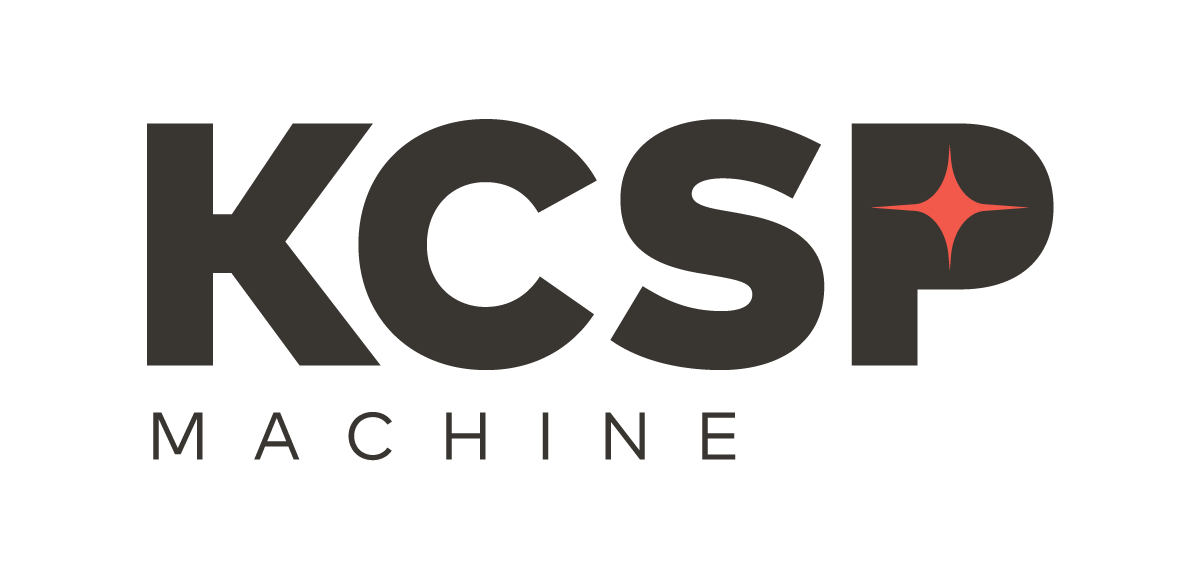KCSP Machine’s Process for Tackling Heavy-Duty Output Housings
For decades, our customers relied on KCSP Machine (or Kansas City Screw Products back in the day) to turn out small, high-volume parts. While that’s certainly still in our wheelhouse, our team can handle larger, more complex components.
One part that demonstrates our ability to tackle larger components and greater intricacies is an output housing we produce for one of our customers in the geotechnical industry. This output housing is a critical component that gets fitted onto trucks that drill deep into the ground.
Of all the precision machined parts that pass through our shop doors, this unique component goes through the most drastic transformation. It starts out as an 11- to 12-foot piece of 1018 carbon steel, weighing in at a whopping 2,000 pounds. Through various cutting, turning, and milling applications, the end product weighs 25 pounds, making it one of the largest components we currently handle.
Let’s explore the various stages of this unique part and how KCSP Machine is equipped to handle its size, weight, and complexity.
Our Precision Machining Process: Transforming One Ton of Material into 25-Pound Housings
Producing this particular component involves a series of complex processes. Allow us to walk through the lifecycle of this part, from the moment the material enters our facilities to the time it leaves our loading dock.
Step 1: Cutting the Steel to Size
Safety is always a top priority at KCSP Machine, and when we’re handling a 2,000-pound steel round, it becomes the primary focus. Our team carefully moves this massive piece onto our saws, where we cut it into blanks (or slugs, as we call them), each weighing approximately 145 pounds.
Step 2: Shaping Slugs with Our CNC Turning Services
With the slugs carefully cut and stacked, our team moves onto multiple rounds of CNC lathe operations, carefully removing material to achieve the desired shape. Since these slugs are heavy and bulky, setting them up on the lathe requires using a gantry to keep everything stable and tightly securing them to avoid any issues once the machine starts spinning.
At this stage, our team monitors every turn and adjustment, removing bulk while keeping the part within tolerances that range from +/-.003” to +/-.005”.
Step 3: Multi-Axis CNC Milling to Drill, Tap, and Shape The Slugs
Following these lathe operations, it’s time to add in the finer details. Using our 4-axis CNC mills, we begin squaring off one side and drilling various holes, some of which need to be tapped. These cuts and holes are critical to the part’s functionality, so it’s essential that our team hone in on these minute details.
Step 4: Inspection and Packaging
Quality control is a non-negotiable at KCSP Machine. After every phase of production, we measure and inspect the output housings to confirm they meet all specifications. Then, when it’s time for final inspection, we recheck these housings to ensure they’re ready to perform, even in the toughest geotechnical environments. And because of their size, we pack them with extra care to protect them during transit.
KCSP Machine Meets Your Volume and Complexity Needs
While our roots are firmly planted in high-volume screw machining services, KCSP Machine has grown to meet a broader range of needs. Today, we're tackling intricate, large-scale projects—like these precision geotechnical output housings—at lower volumes. This component demands meticulous precision and a skilled team, and we bring decades of know-how to every detail.
Need Precision Machined Parts? Let’s Talk
From Swiss machining services to large-scale CNC turning services, KCSP Machine stands at the forefront of quality and precision. If you’re looking for a trusted precision machine shop that prioritizes customer satisfaction and quality, look no further than KCSP Machine!
Let’s make your next project a success, no matter the complexity. Request a quote today!






